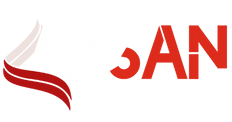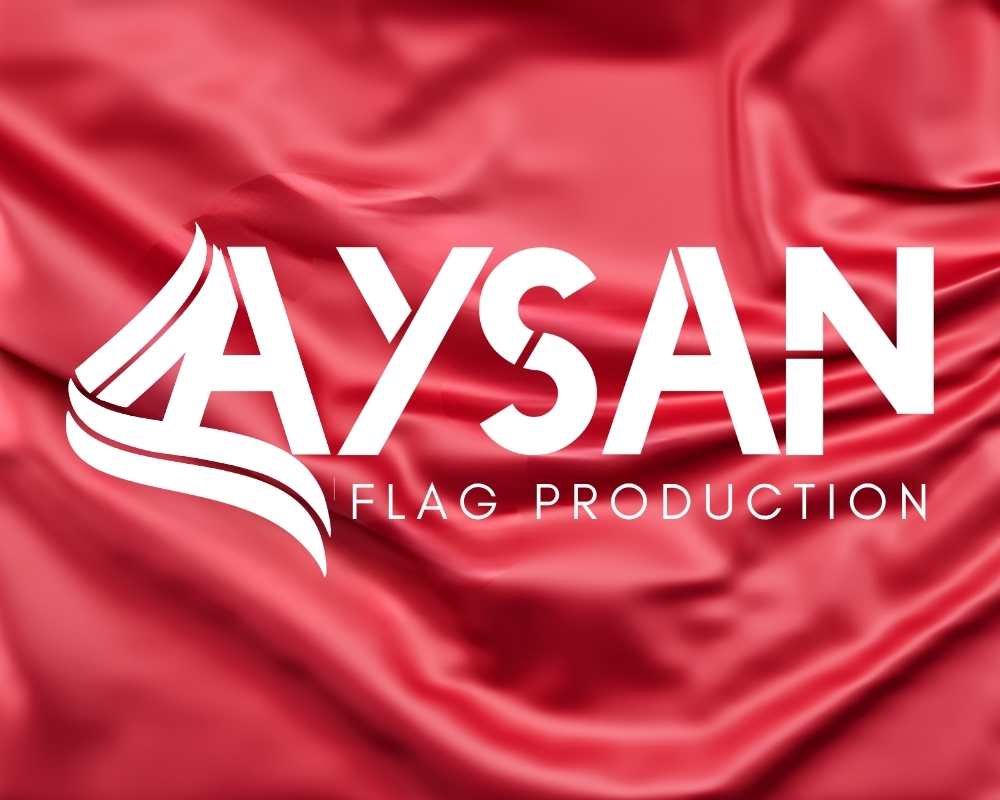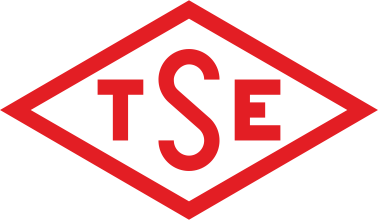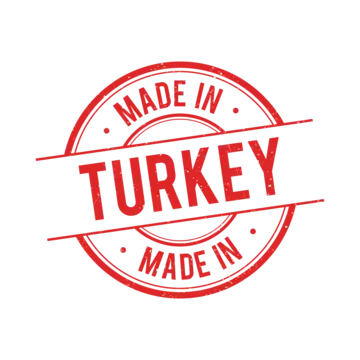Digital Printing vs Screen Printing in Flag Manufacturing
Digital Printing vs Screen Printing in Flag Manufacturing
Flag production has evolved with technology, offering manufacturers and clients various printing methods to meet different design, quantity, and budget needs. Two of the most commonly used techniques in modern flag manufacturing are digital printing and screen printing. While both methods produce high-quality results, they differ in application, efficiency, and cost.
Digital Printing
Digital printing involves transferring an image directly onto fabric using inkjet technology. At Aysan Flag, this method is favored for complex designs, gradient color transitions, and lower quantity orders. Because it doesn't require the creation of printing plates, it's ideal for fast turnaround and personalized or one-off flags.
-
Advantages:
-
Suitable for detailed artwork and photographs
-
Fast setup and delivery
-
No color limitations
-
Cost-effective for small batches
-
-
Best for: Promotional flags, one-time events, corporate branding with complex logos
Screen Printing
Screen printing, on the other hand, is a more traditional process where each color is applied separately using mesh stencils. This method is best suited for large production runs of flags with solid colors.
-
Advantages:
-
Vibrant, long-lasting color saturation
-
Highly durable, especially for outdoor flags
-
More economical for high-volume orders
-
-
Best for: National flags, institutional use, long-term outdoor display
Which Should You Choose?
The right printing method depends on your project’s complexity, quantity, budget, and intended use. At Aysan Flag, both technologies are used in-house, allowing us to recommend the most effective solution for every customer.





